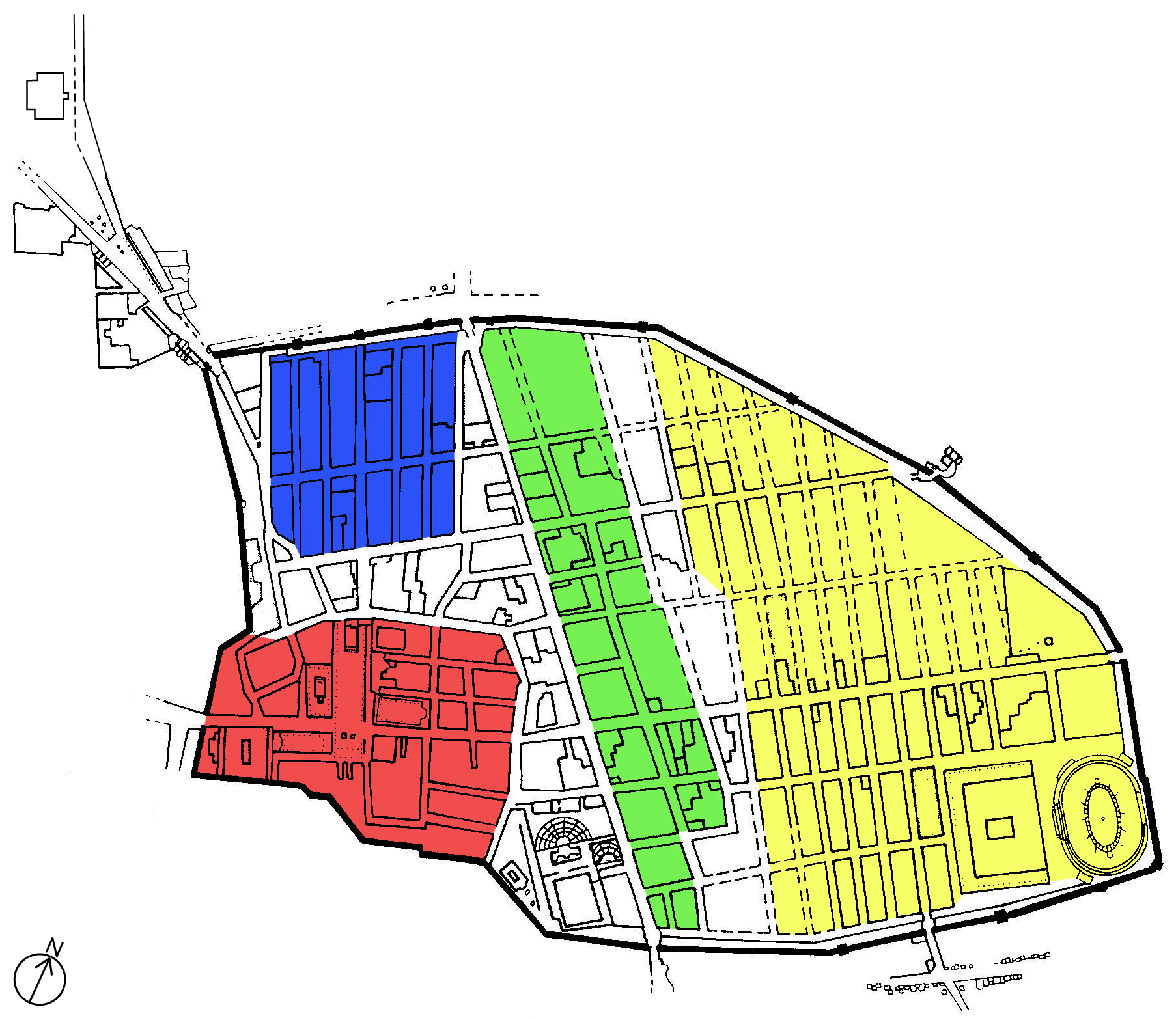|
Painting In Ancient Rome
Painting in ancient Rome is a rather poorly understood aspect of Roman art, as there are few survivals, which are mostly wall-paintings from Pompeii, Herculaneum and other sites buried by the eruption of Mount Vesuvius in AD 79, where many decorative wall paintings were preserved under the ashes and hardened lava. A smaller number of paintings survive from other areas, including Rome itself. From the study of surviving paintings it has been possible to form a panorama of the artistic life of Ancient Rome between the end of the Roman Republic, Republic and the beginning of the Roman Empire, Empire. Nevertheless, this body of works is only a tiny fraction of the great quantity of painting produced in the Roman Empire during its long history, and there is a lack of significant remains from earlier and later periods, particularly in techniques other than fresco and from Romanized regions besides Campania.Gardner, Helen; Kleiner, Fred S. & Mamiya, Christin J''Gardner's art through the a ... [...More Info...] [...Related Items...] OR: [Wikipedia] [Google] [Baidu] |
Pompeii - Casa Dei Vettii - Ixion
Pompeii ( ; ) was a city in what is now the municipality of Pompei, near Naples, in the Campania region of Italy. Along with Herculaneum, Stabiae, and Villa Boscoreale, many surrounding villas, the city was buried under of volcanic ash and pumice in the eruption of Mount Vesuvius in 79 AD. Largely preserved under the ash, Pompeii offers a unique snapshot of Culture of ancient Rome, Roman life, frozen at the moment it was buried, as well as insight into ancient urban planning. It was a wealthy town of 10,000 to 20,000 residents at the time it was destroyed. It hosted many fine public buildings and luxurious private houses with lavish decorations, furnishings and artworks, which were the main attractions for early excavators; subsequent excavations have found hundreds of private homes and businesses reflecting various architectural styles and social classes, as well as numerous public buildings. Organic remains, including wooden objects and human bodies, were interred in the as ... [...More Info...] [...Related Items...] OR: [Wikipedia] [Google] [Baidu] |

